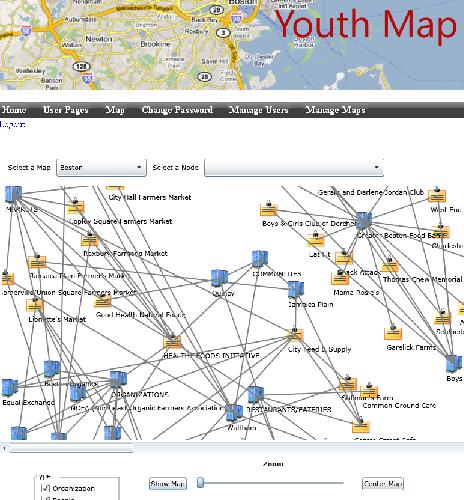My head is swimming with recent conversations that touch on social media, civic engagement, and young people. I’d define “social media” as any of the Internet technologies that make it easy to distribute your own creations and form relationships with others online. These tools include “friending” people in Facebook, commenting on their blogs or YouTube videos, or following them on Twitter.
Yesterday, I met with my Tufts colleague Marina Bers, who (among many other projects) has created a virtual world for in-coming Tufts undergraduates who build an ideal university before they attend the real one. A movie of the 2006 summer project is really remarkable.
In the evening, I was on a panel at Harvard with the psychologist Howard Gardner, my friend Joe Kahne (who is one of the most acute and productive scholars of civic education), and Miriam Martinez, who represents one of the best programs for high school students, the Mikva Challenge in Chicago. It was an informal conversation, ably steered by Gardner, and we talked a bit about what kinds of social media use constitute “civic engagement.” (Are you civically engaged if you join a Harry Potter fan group?)
 And then this morning, I presented our own social media tool, YouthMap, to the Boston Social Media breakfast ( #SMB12 ). That’s a gathering of about 75 business, tech, and activist types who meet in a jazz club–at 8 am–to examine new tools and strategies.
And then this morning, I presented our own social media tool, YouthMap, to the Boston Social Media breakfast ( #SMB12 ). That’s a gathering of about 75 business, tech, and activist types who meet in a jazz club–at 8 am–to examine new tools and strategies.
Speaking just for myself … I’m finding Facebook increasingly fun now that the demographics have tipped and lots of us non-hip Generation-Xers are using it. I watched the President speak with Facebook open and got a kick out of the comments. Blogging is a big part of my life–both writing and reading–but it’s not really a “social medium” for me. I mostly read blogs by professional reporters and I compose my posts as fairly conventional short editorials. I have a Twitter login but haven’t found a way to use it that makes me comfortable.

